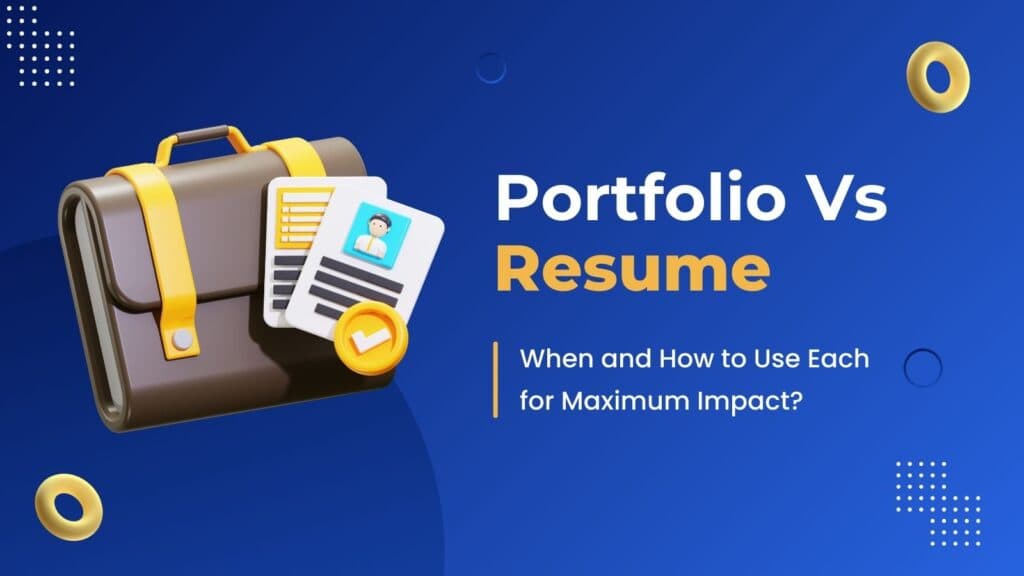How to List Freelance work on Resume: List freelance work with experience, highlighting achievements
Written by: Rajat Bhardwaj
In today’s gig economy, freelancing and side projects are becoming more and more common. Whether you’re a full-time freelancer, juggling side gigs along with your main job, or simply using your free time to develop new skills, it’s important to reflect this experience on your resume. Employers value versatility, adaptability, and self-driven learning—all qualities that freelancing and side projects often demonstrate.
However, listing freelance work or personal projects on a resume can be tricky. You need to strike a balance between showcasing your achievements without overwhelming your primary job experience. In this guide, we’ll walk you through how to effectively list freelance and side projects on your resume.
1. Decide Where to Place Freelance Work
Before you begin listing freelance gigs or projects, you need to decide where to place them on your resume. There are two common options:
- Within your Work Experience section
If freelance work or side projects are closely related to the job you’re applying for, consider listing them alongside your traditional work experience. This is especially relevant if your freelance work is consistent, ongoing, or a significant part of your professional background. - As a Separate Section
If freelancing or side projects are secondary to your main career, but still important to your professional development, create a separate section titled “Freelance Work,” “Consulting Projects,” or “Independent Projects.” This keeps your resume organized while still showcasing your versatility.
2. Use a Professional Job Title for Freelance Work
Treat your freelance work as seriously as you would any full-time job. If you’ve been working as a freelance designer, consultant, or developer, give yourself an appropriate title. For example, instead of saying “freelancer,” use titles like “Freelance Graphic Designer” or “Independent Marketing Consultant.” This helps potential employers quickly understand the nature of your freelance role.
If your side projects or freelance work involved various roles, choose a broad but professional title that encompasses your skill set. For example, if you worked on multiple freelance tech-related projects, you could use the title “Freelance Software Developer.”
3. Provide a Brief Overview of the Project
For each freelance job or project, include a short description that explains what the project was about. Focus on what you did and the value you provided. For example:
Freelance Digital Marketing Consultant
Provided digital marketing strategy and SEO consulting to small businesses in the retail and hospitality industries. Developed and executed campaigns that increased website traffic by 40% over six months.
Keep descriptions concise and results-oriented to show the tangible impact of your work.
4. Highlight Achievements and Results
Just like with full-time roles, employers are more interested in results than responsibilities. Instead of merely listing what you did, emphasize what you accomplished. Use quantifiable achievements to highlight the impact of your freelance work:
- Increased website traffic by 25% within three months through content marketing strategies.
- Delivered a mobile app design that improved user engagement by 15%.
- Consulted for startups on UI/UX design, resulting in a 30% increase in customer retention.
Numbers make your accomplishments stand out and show that you’re results-driven.
5. Tailor Your Freelance Work to the Job You’re Applying For
When applying for a new job, it’s essential to tailor your resume to the specific role. If your freelance work is directly related to the job you want, give it more prominence by including more details and emphasizing how it aligns with the job description.
For example, if you’re applying for a content marketing position, focus on freelance content creation projects, highlighting metrics like website traffic growth or increased social media engagement. If some freelance projects are irrelevant to the position you’re applying for, either omit them or mention them briefly to avoid diluting your core message.
6. Include Freelance Clients (With Permission)
If you’ve worked with high-profile clients during your freelance career, mentioning them can enhance your credibility. Make sure you have permission to name them on your resume. If you can’t mention names, you can refer to the type of client, for example:
- Consulted for a Fortune 500 company on product branding and digital marketing strategies.
- Developed mobile apps for a series of startups in the fintech industry.
This helps build your professional brand without breaking confidentiality agreements.
7. Group Smaller Projects Together
If you have a lot of freelance gigs or side projects, especially smaller ones, group them together rather than listing each one individually. You can use a single job title like “Freelance Web Developer” and include a summary of your most notable projects in a bullet point list. For example:
Freelance Web Developer
- Designed and launched e-commerce websites for local businesses, increasing online sales by an average of 20%.
- Created custom WordPress themes and optimized website performance for small to medium-sized enterprises.
This approach keeps your resume clean and focused, while still demonstrating the range of your experience.
8. Don’t Forget to Include Relevant Skills
Freelance and side projects often require a diverse set of skills, from technical expertise to time management and client communication. In the Skills section of your resume, be sure to list the hard and soft skills you’ve developed through your freelance work. Common freelance skills include:
- Project management
- Client communication
- Self-motivation
- Budgeting
- Adaptability
- SEO, web design, or programming languages
These skills highlight your ability to handle a wide variety of tasks, often independently—an attractive trait for employers.
Conclusion
Freelance work and side projects are powerful additions to your resume, showcasing your initiative, creativity, and expertise. Whether you’re a full-time freelancer or balancing side gigs alongside a traditional career, presenting this work effectively can set you apart from the competition. By using professional titles, highlighting achievements, and tailoring your projects to the job you’re applying for, you’ll ensure your freelance experience is an asset, not an afterthought.

